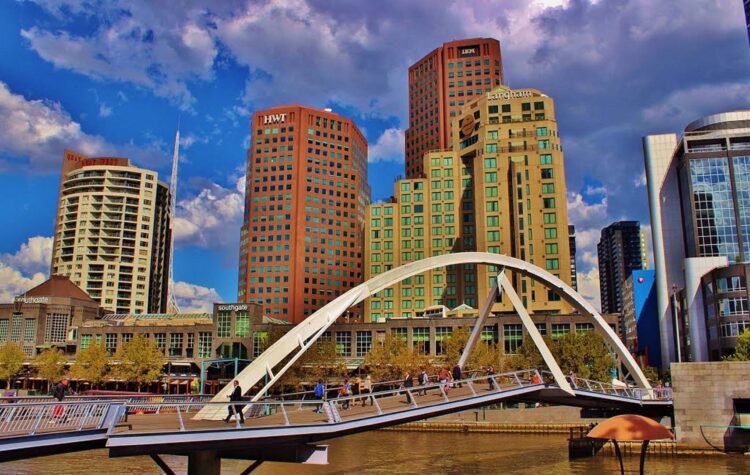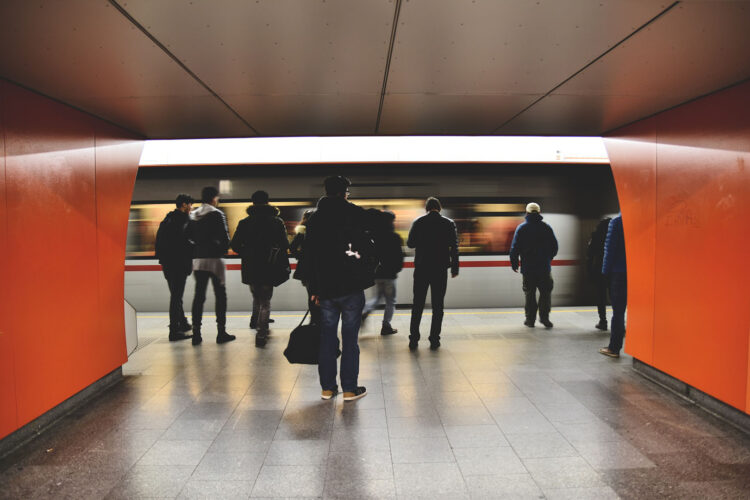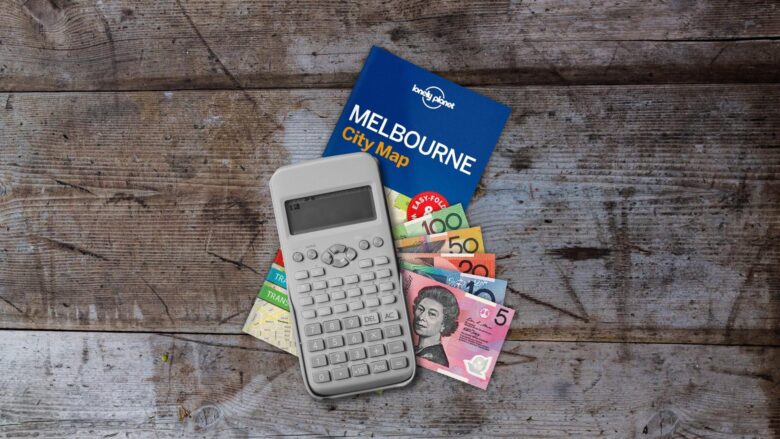One of the most liveable cities in the world, Melbourne is a crowd favorite among professionals looking to relocate due to its cultural diversity and its status as an international business hub.
Whether you’re switching countries for your job or moving for reasons unrelated to your career, figuring out the cost of living at your new location is one of the first steps to take as you embark on your journey.
Moving forward, we’ll go over Melbourne’s cost of living and some of its components, as well as how it all comes together with the local average annual salary for tech professionals. With this information under your belt, you’ll be well-equipped to move to Victoria’s capital city in no time.
Comparing Melbourne’s Average Annual Salary for Professionals with Cost of Living
Before we begin, let’s think about income – knowing what to expect will help with calibrating spending prior to traveling. According to the Australian Bureau of Statistics, household incomes in Australia average about $1,124 per week or $4,496 a month after taxes. Tech professionals average higher pay, ranging from $77K to $148K per annum.
While Melbourne ranks 71st on Mercer’s Cost of Living Survey, the cost of living in Melbourne is higher than most other Australian capital cities at about $2,266 for singles and $5,192 for a family of four.
Australian foreign residents are taxed about 35% for the average tech professional income range. Depending on overall household income and expense management and the number of incomes in one household, living in Melbourne can be somewhat costly or relatively comfortable.

What Are the Main Categories Involved in Cost of Living?
Melbourne ranks highly for quality of life, especially when it comes to healthcare, economic freedom, tourism, and research. That comes with a price, though. It’s vital to understand the main contributors to Melbourne’s cost of living to estimate the amount you’ll need to maintain your lifestyle.
Melbourne’s Housing Situation
Property in Melbourne is notoriously expensive – renting a 3-bedroom apartment in the city center costs more than AUD$ 3,100 a month compared to Australia’s average of AUD$ 2,900 a month. Meanwhile, utilities for a moderately sized apartment will cost about AUD$285 for electricity, water, heating, garbage, and internet.
For most, housing costs will be the most significant part of their expenses.
Like with most cities, rental rates go down the further you get from the CBD, although that means that you might have a longer commute or trade easy access to public transport for a car. You can further manage costs by going for a smaller place or by splitting the rent with roommates.
Car Ownership vs. Public Transport
Scheduled and managed by the Victoria state government, Melbourne’s public transport network is one of the best connected in Australia.
You’ll need a prepaid Myki card to pay for all your public transport rides , and the fares vary depending on the area you’re in as well as the area you’re traveling to. A monthly pass includes access to Melbourne’s trams, buses, and trains and costs about AUD$156, while a one-way ticket costs about AUD4.50.
If you live in the city center, you might be able to get by on public transport alone. If you live in the suburbs, however, solely relying on public transport might mean that you have a much longer commute time. Having a car will help you get around much faster, shaving off at least part of the journey if you work in the city.
Getting a car in Melbourne will set you back about AUD$30,000 if you’re going with a new one. Combined with fuel prices of AUD$2.20 per liter, car ownership costs can get hefty quickly. Consider purchasing a secondhand car, offsetting some of the mileage with public transport, or limiting the number of household cars to just one if expenses are a concern.

Getting Food and Entertainment in Melbourne
On average, groceries in Melbourne cost about AUD$451 a month for one person, while a family of four can expect to pay AUD$828, averaging to AUD$207 per head. Australia is known for its agriculture industry, so you’ll find quality fresh produce and meat at most supermarket chains.
In contrast, dining out is relatively expensive – a meal for two at an affordable restaurant costs AUD$40, while a three-course meal can easily hit three figures. A trip to the bar will start at about AUD$10 per pint of domestic beer.
A night out isn’t just about having a meal at a restaurant, though. Depending on your entertainment preferences, you can have fun watching a movie for AUD$20 a ticket, enjoy a concert or sports match for AUD$50-100 per entry, or have a round or two of Blackjack at the table with a free casino entry fee. In case you’re feeling under the weather, you can also have some fun by visiting one of the Australian online casino operators; Rooli being the latest local addition, a more than a solid substitution for real-life establishments, especially if roulette is your first pick choice during those downtime days.
For the budget-conscious, there are plenty of free options available in Melbourne if you look at the weekly city guides. Certain attractions also have discounts if you book a visit in advance, use coupons, or get a membership.
Conclusion
In general, you’ll find that Melbourne is a lovely place to live if you have a medium to high annual income to offset the cost of living. This is common across all major cities across the globe, where increased disposable income directly correlates to the standard of living. Melbourne’s overall quality of life and opportunities make it well worth the move.












Leave a Reply